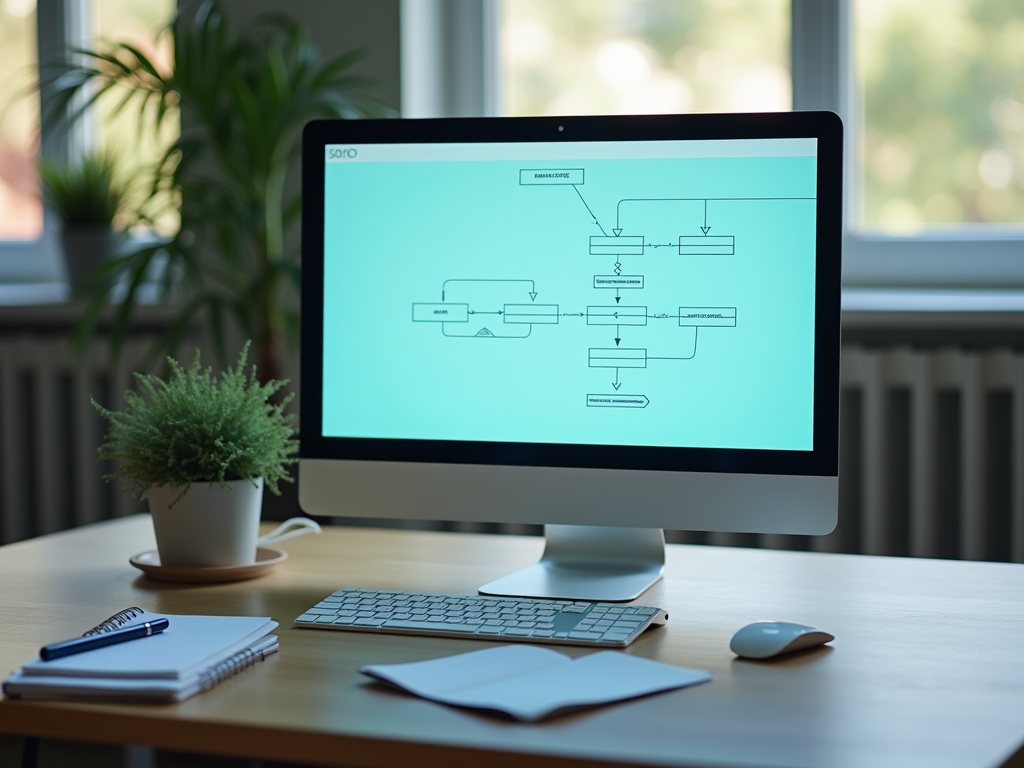In the quest for effective online visibility, optimizing your website’s internal linking structure can be a game changer. Beyond just being a navigational tool, internal links have profound implications on how your SEO efforts unfold. They help search engines understand the context of your content and how different pages are related to each other. When done right, internal linking not only enhances the way users interact with your site, but it also distributes page authority effectively. Consequently, well-planned internal links can lead to improved rankings on search engine results pages (SERPs). So, let’s dive deeper into optimizing this crucial aspect of your website.
Understanding Internal Linking

Internal linking is a powerful SEO tactic that can improve your website’s structure, enhance user experience, and boost page authority. By strategically placing links within your content, you help search engines and users navigate your site effectively. This navigation aids in distributing link equity among your pages, thus lifting the overall performance of your website. Furthermore, a sound internal linking strategy will allow your visitors to discover related content more easily, keeping them on your site for longer periods. Optimizing your internal linking can also lower bounce rates, a key factor that search engines consider for ranking. In today’s digital landscape, understanding and leveraging internal linking dynamics is no longer optional, but a necessity.
The Importance of Internal Links

Internal links serve multiple purposes in SEO, playing critical roles in both ranking and usability. Firstly, they boost the authority of linked pages. Pages linked to from other relevant content can receive more authority flows from search engines, helping them to rank better. Secondly, they improve crawlability; by providing a clear pathway through your website, they guide search engine crawlers to index your information with ease. Thirdly, effective internal linking can enhance the user experience significantly. When users can easily find related content, they are more likely to engage further, leading to lower bounce rates and longer session durations. Together, these elements create a robust framework for improved SEO performance.
Best Practices for Internal Linking
When it comes to internal linking, best practices are essential to optimize its effectiveness. Start by identifying your key pages. These could include cornerstone content, major service pages, or those that convert well. Once you’ve pinpointed these pages, you can begin creating strategic links from other relevant content on your site. Another key aspect is using descriptive anchor text. This enhances both user experience and SEO. It is advisable to choose keywords that accurately reflect the content of the linked page instead of employing generic phrases like “click here.”
Furthermore, establishing a logical hierarchy within your content is crucial. A well-structured internal link system provides not just a better understanding for search engines but also enriched navigation for users.
| Best Practices | Description |
|---|---|
| Identify Key Pages | Focus on promoting your most important pages that add value. |
| Use Descriptive Anchor Text | Choose relevant keywords that reflect the content of the link. |
| Establish a Logical Hierarchy | Organize pages into categories and subcategories for better understanding. |
Tools for Analyzing Internal Links
Utilizing the right tools can streamline the process of analyzing and optimizing your internal linking structure. Tools like Google Search Console can provide insights into which pages are well indexed and identify opportunities for internal linking. Alternatively, platforms such as Ahrefs or SEMrush offer comprehensive analysis features that help you review the number of internal links pointing to different pages on your site. Furthermore, Screaming Frog acts as a site crawler, providing insights into your internal linking setup while helping you identify broken links. Using these tools effectively will ensure your internal linking strategy remains robust and efficient, driving better SEO outcomes.
Common Internal Linking Mistakes to Avoid
While implementing internal links, it’s crucial to be wary of common missteps. One major pitfall is over-linking; excessive links can dilute page authority and create confusion for users. Another mistake is ignoring orphaned pages. Neglecting to link important pages internally can make them hard for users and search engines to discover. Additionally, it’s important not to overlook URL structure. A clean URL format will assist both users and search engines in navigating your site effectively. Lastly, failing to keep your internal linking updated can also hinder your SEO efforts. Regular audits can ensure that you stay on top of any outdated or ineffective links.
Итог
Optimizing your website’s internal linking structure is a crucial step for improving SEO and enhancing user experience. By using best practices like descriptive anchor text, maintaining a logical hierarchy, and utilizing the right tools, you can ensure that both search engines and users navigate your website efficiently. In summary, internal linking is an ongoing process that requires attention to detail and strategic planning. Ensuring all important pages are interlinked will not only maximize their visibility but will also improve the overall performance of your site. As you refine your approach to internal linking, you’ll likely see tangible results in your site’s SEO performance.
Часто задаваемые вопросы
- What is internal linking? Internal linking refers to hyperlinks that connect one page of your website to another, enhancing site navigation and SEO.
- How do internal links affect SEO? Internal links help define the structure of your website, distribute page authority, and guide search engine crawlers, ultimately impacting your website’s visibility.
- What should I avoid when creating internal links? Avoid over-linking, ignoring orphaned pages, and neglecting to use descriptive anchor text.
- Are there any tools to help with internal linking? Yes, tools like Google Search Console, Ahrefs, SEMrush, and Screaming Frog can assist in analyzing and optimizing your internal linking strategy.
- How many internal links should I have on a page? There is no strict number, but it’s essential to maintain a balance that enhances user experience without overwhelming readers. Aim for relevance over quantity.
